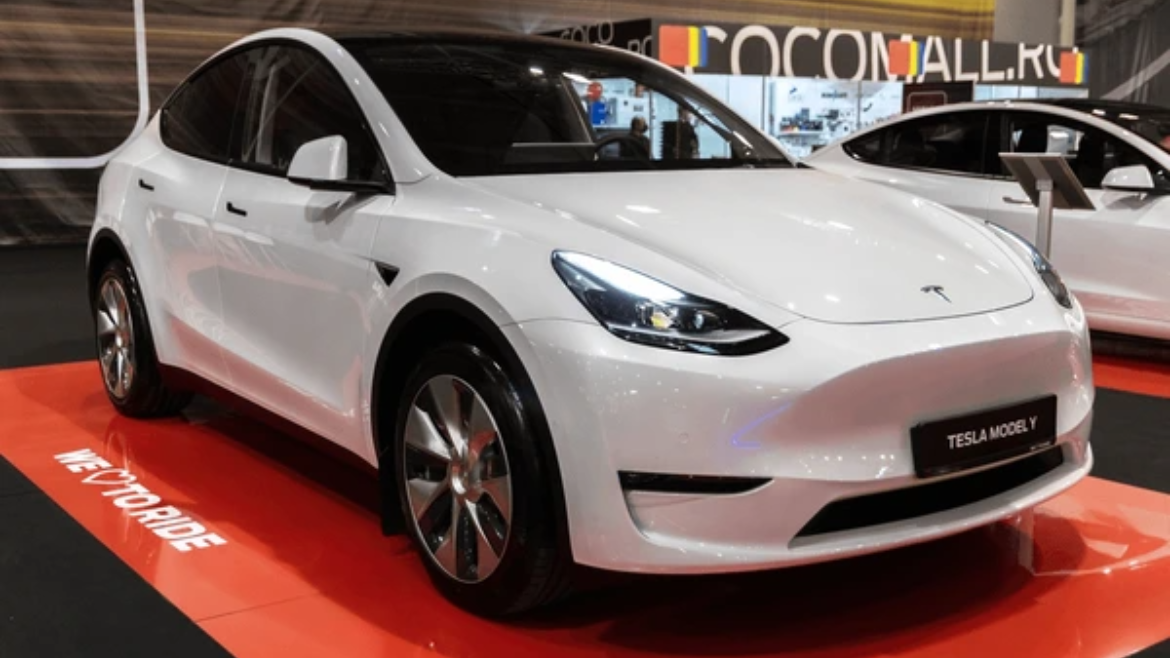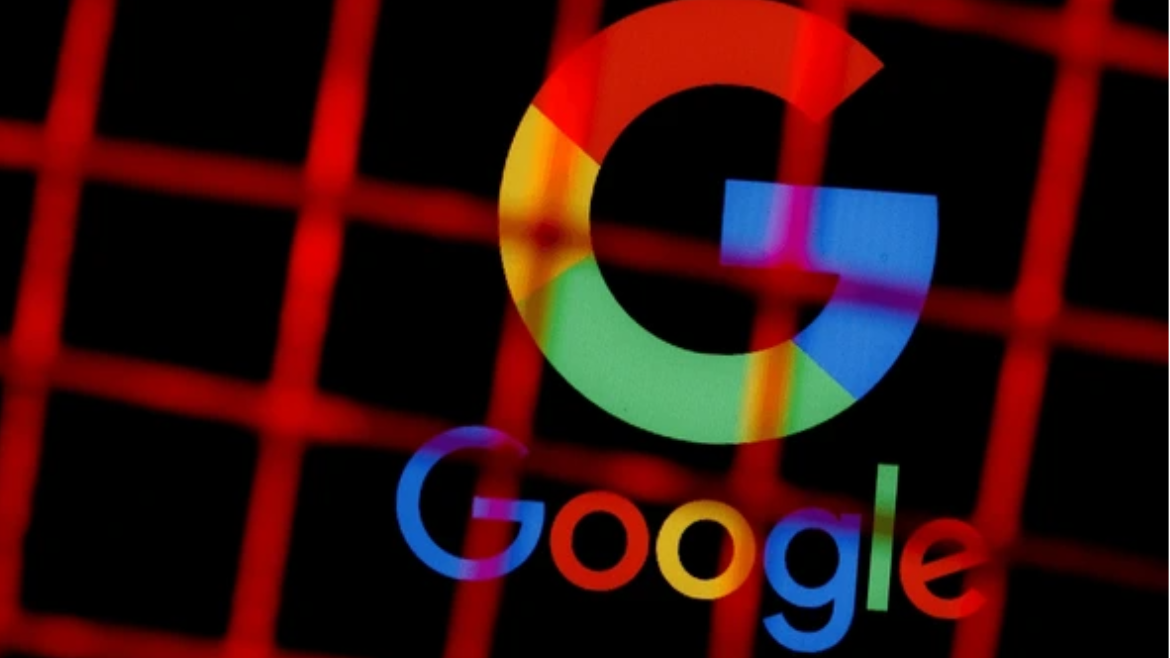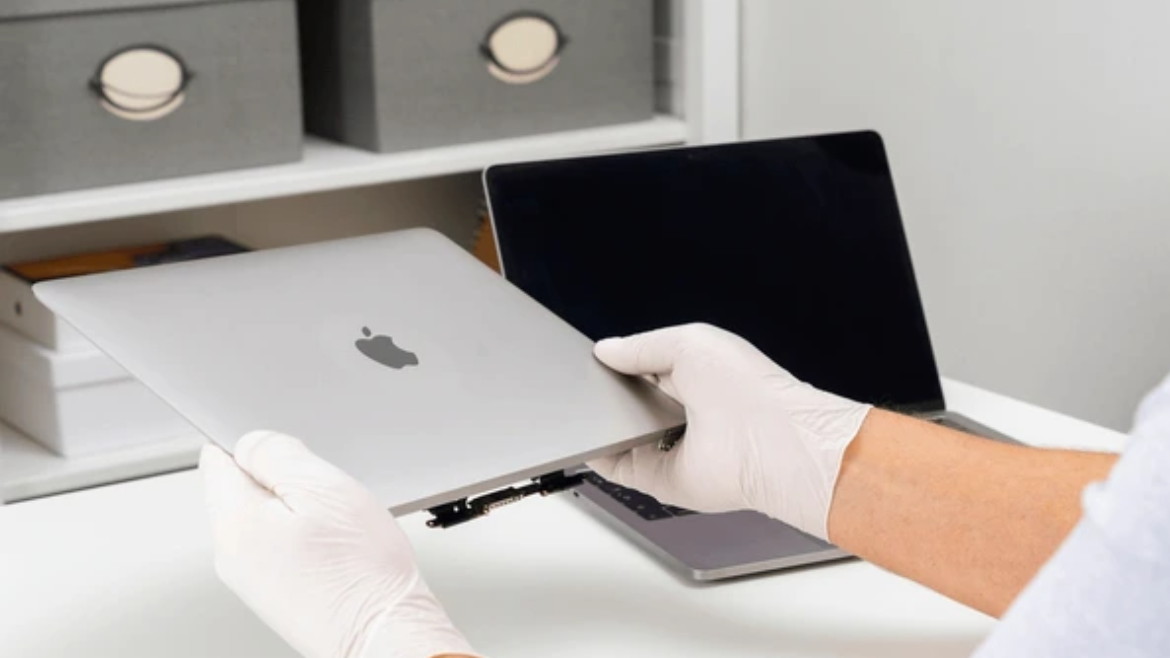Introduction
Autonomous vehicles are the next big thing in transportation, and the automotive industry is at a pivotal juncture. A significant step toward completely autonomous transportation was taken when Tesla launched its robotaxi service in Austin, Texas. The robotaxi service leverages the Tesla Model Y—originally a consumer electric SUV—subjected to extensive hardware, software, and operational modifications designed specifically for autonomous commercial use.
Specialized “Halo” Model Y for Robotaxi Service
The "Halo" Model Y vehicles in Tesla's fleet of robotaxis include important upgrades:
1. Hardware Modifications and Camera Systems
Self-cleaning cameras use targeted wiper-and-spray sequences to remove debris and maintain sensor clarity in varied weather, addressing a key failure point in vision-based autonomy. Protective housings further guard cameras against road debris.
2. Redundant Telecommunications
Each vehicle carries two independent communication units: the standard consumer module and a secondary unit. This redundancy ensures constant GPS tracking, continuous data transmission to Tesla’s monitoring centers, and connectivity for remote intervention if needed.
3. Mixed-Generation Fleet
Tesla operates both first- and second-generation Model Y (Juniper) vehicles. The newer Juniper vehicles include a front bumper camera integrated into Autopilot and FSD. Legacy units are retrofitted with additional cameras and hardware to match these capabilities.
4. Testing and Validation Equipment
During development, robotaxis were observed with rooftop hardware—possibly LIDAR—used to validate Tesla’s vision-only system against traditional sensor suites.
From Supervised FSD to Unsupervised Robotaxis
Tesla’s autonomous strategy has evolved from supervised Full Self-Driving (FSD) requiring driver oversight to unsupervised operation in designated zones.
1. FSD Supervised
Current consumer vehicles run FSD in a supervised mode, relying on end-to-end neural networks for steering, acceleration, and braking, but still requiring human attention and intervention.
2. FSD Unsupervised
Tesla was able to achieve "FSD Unsupervised" in a geofenced area for the Austin launch. Factory testing involved over 50,000 autonomous miles, transporting vehicles from production lines to delivery lots. These controlled miles provided real-world validation, training data, and system reliability before public deployment.
3. Hardware Constraints
Under FSD v13, the current Hardware 4 (HW4) platform uses almost all of its 8 GB neural processing capacity, approaching its performance limits. Tesla’s upcoming Hardware 5 (AI 5) platform, due December 2025, promises roughly 10× better performance and up to 50× greater inference power, albeit at higher power consumption.
4. Data Collection Advantage
Tesla regularly collects a variety of real-world driving data by utilizing its customer base of millions. This contrasts with competitors’ smaller, highly controlled test fleets and pre-mapped environments.
Austin Launch: Service Details and Early Feedback
Tesla’s first public robotaxi deployment in Austin provides insights into capabilities, constraints, and user experience.
1. Operational Parameters
The service operates daily from 6 AM to midnight within a geofenced area of Austin, Texas, weather permitting. Tesla initially deployed 10–20 vehicles, with plans to scale gradually. Rides cost a flat $4.20, allowing Tesla to collect usage and performance data.
2. Human Oversight
Each robotaxi has a safety monitor in the front passenger seat, even if it is unattended. Monitors can intervene using a touchscreen “Stop In Lane” button or an emergency hard brake button, reflecting Tesla’s cautious approach.
3. Performance and Challenges
Early rider reports praise the system’s smooth operation and autonomy. However, the National Highway Traffic Safety Administration (NHTSA) has opened an inquiry after incidents on social media showing vehicles swerving, speeding, or braking unexpectedly. These incidents underscore the remaining edge-case challenges.
4. App Integration
Tesla’s existing mobile app includes a dedicated robotaxi interface. Users can request rides, view vehicle arrivals in real time, and handle payments through stored Tesla account details, offering a seamless, familiar experience.
5. Market Reaction
Tesla’s stock rose over 8% after the Austin launch, adding almost $100 billion in market value, before settling back amid technical resistance and regulatory concerns.
Regulatory Landscape
Tesla’s robotaxi ambitions confront an evolving regulatory environment at both the state and federal levels.
1. Texas Regulations
Texas House Bill 5426, effective January 1, 2026, mandates three years of public road testing with human operators before unsupervised service. Tesla’s supervised testing timeline may not satisfy this requirement, potentially delaying wider deployment.
2. Federal Oversight
The NHTSA’s investigation into robotaxi incidents follows its broader probe into Tesla’s Autopilot after numerous crashes. Federal scrutiny could impose stricter operational mandates or slow expansion.
3. State-by-State Patchwork
Each U.S. state maintains distinct autonomous vehicle rules. California, for instance, may impose different testing and deployment criteria. Navigating this patchwork will require Tesla to adapt its operations and secure varied approvals.
4. Public Safety Advocacy
Safety organizations continue to challenge Tesla’s vision-only approach, advocating for stricter oversight or sensor mandates. Tesla’s ability to demonstrate consistent, superior safety performance will influence regulatory attitudes and public acceptance.
Expansion Roadmap
Tesla outlines an ambitious timeline to grow its robotaxi service domestically and internationally.
1. U.S. Cities by 2025
Los Angeles, San Francisco, Atlanta, Miami, and Washington, D.C., are among the cities where Tesla plans to open stores by the end of the year. Each market demands tailored validation, facing unique traffic patterns, regulations, and climate conditions.
2. Customer-Vehicle Fleet Integration
When its specially designed Cybercab robotaxi and Hardware 5 are introduced in 2026, Tesla plans to allow customer-owned cars to join the robotaxi network. Owners meeting Tesla’s safety criteria could earn revenue by sharing their cars.
3. Cybercab Deployment
The Cybercab—a dedicated robotaxi without a steering wheel or pedals—should enter production by 2026. Features include butterfly doors, two-passenger seating, inductive charging, and an expected sub-$30,000 unit cost, offering operational efficiency advantages over modified Model Y vehicles.
4. Hardware and Software Roadmap
The transition to Hardware 5 and FSD v14 (with autoregressive transformers and audio inputs) positions Tesla to broaden geofenced zones and improve edge-case handling, supporting nationwide unsupervised operations by late 2026.
5. Global Ambitions
After obtaining local regulatory permits and fulfilling data sovereignty criteria, Tesla hopes to introduce robotaxis in China and Europe. International expansion requires region-specific training data and compliance with diverse safety standards.
Competition and Market Impact
Tesla’s robotaxi program reshapes the competitive landscape in autonomous mobility.
1. Waymo and Others
Waymo leads with multi-sensor robotaxis in established markets. The scalable, vision-only approach of Tesla runs against Waymo's present concentration. The rivalry exemplifies divergent philosophies: rapid scaling via data-driven vision systems versus cautious, sensor-heavy deployments.
2. Market Size
By 2040, analysts predict that the worldwide robotaxi market will be worth $203 billion. UBS projects Tesla’s network business could reach $350 billion if scaled successfully. Recurring revenue per mile may surpass traditional vehicle sales margins.
3. Transportation Disruption
By eliminating driver costs, autonomous robotaxis could lower ride costs to $0.20–$1.00 per mile versus current ride-sharing rates. This price advantage may accelerate adoption, challenge Uber and Lyft, and alter vehicle ownership models.
FAQs
What modifications differentiate the robotaxi Model Y?
“Halo” vehicles feature self-cleaning cameras, protective housings, a secondary telecom unit, and retrofitted sensors on legacy models to match Juniper generation capabilities.
How safe is the service compared to human drivers?
According to Tesla, autonomy will be 10–20× safer in the long run. Current deployments include onboard safety monitors and multiple emergency intervention systems. The NHTSA investigation into early incidents highlights ongoing validation needs.
When will robotaxis arrive in other cities?
Expansion to five major U.S. cities is slated by end-2025, pending regulatory approvals and local testing.
Can Tesla owners join the fleet?
Customer vehicles may enroll in 2026, contingent on meeting Tesla’s safety standards and regulations.
How much does a ride cost?
Austin’s flat rate is $4.20 per trip. Mature services may adopt distance-based pricing of $0.20–$1.00 per mile.
What regulatory hurdles exist?
Texas requires three years of supervised testing; diverse state laws and federal scrutiny via NHTSA investigations add complexity to expansion.














6 Comments
Antonetta Kitchens
1 month ago* * * <a href="https://indmarkrenewableenergy.com/index.php?w4y2m6">What if your next tap paid off? Literally</a> * * * hs=0eb9862db53951bbcb04c1b53340fad7* ххх*
2 months ago* * * Start your crypto wallet with a little gift inside: https://ifiber.com.tr/index.php?euv9ok * * * hs=f002b6b3c80e8cdee30f89fe30d3ebcb* ххх*
2 months ago* * * <a href="https://ifiber.com.tr/index.php?euv9ok">Your new iPhone 16 is closer than you think</a> * * * hs=f002b6b3c80e8cdee30f89fe30d3ebcb* ххх*
2 months ago* * * Free BTC drop - do not be the last to hear about it: https://indmarkrenewableenergy.com/index.php?w4y2m6 * * * hs=0eb9862db53951bbcb04c1b53340fad7* ххх*
2 months agoBenjamin Thomson
3 months agoThomaspycle
3 months agoodzvdznfqx
4 months ago